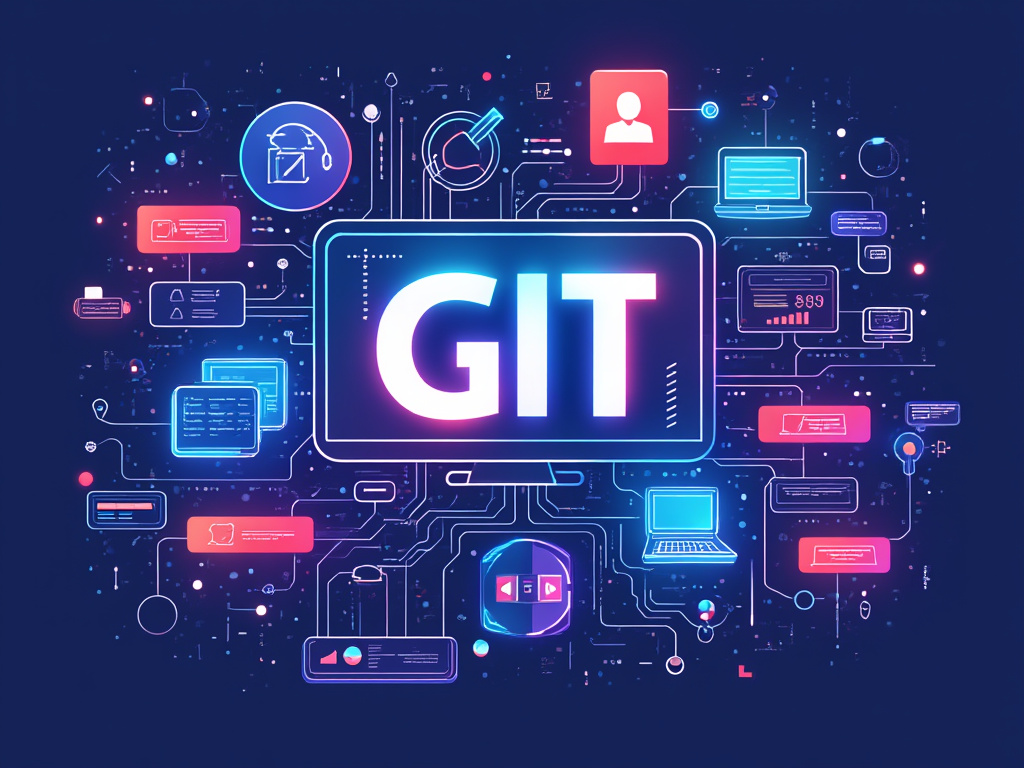10 Essential Git Commands Every JavaScript Developer Should Know in 2024
 Vitor Amaral
Vitor Amaral
Version control is an indispensable part of modern software development, and Git is by far the most popular tool for it. As a JavaScript developer, mastering Git can save you time, prevent disasters, and help you collaborate seamlessly with other developers. While Git has a rich set of features, you don’t need to learn them all to be productive.
Here are the 10 essential Git commands every JavaScript developer should know in 2024 to optimize your workflow.
1. git init
What it does:
The git init command initializes a new Git repository in your project folder. This is the first step to start tracking changes and manage your project with Git.
Why it's useful:
Starting a new project? Run git init to start tracking your files and easily roll back to earlier versions when needed.
Example:
git init
2. git clone
What it does:git clone creates a copy of an existing repository, downloading the project files from a remote location to your local machine.
Why it's useful:
When you're collaborating on a project or working with open-source code, you can quickly clone the repository and start contributing.
Example:
git clone https://github.com/username/repo-name.git
3. git add
What it does:
This command stages your changes, preparing them to be committed. Use git add to tell Git which files you want to include in your next commit.
Why it's useful:
You often want to be selective about what changes you commit. git add allows you to only stage the files you’re sure about.
Example:
git add index.js
To stage all changes:
git add .
4. git commit
What it does:git commit takes all staged files and permanently records the changes in the Git repository with a descriptive message.
Why it's useful:
A commit acts like a snapshot of your project. It's important to commit frequently with meaningful messages so you can track your progress and easily roll back when needed.
Example:
git commit -m "Add user authentication feature"
5. git status
What it does:git status shows you the current state of your working directory and staging area. You’ll see which files are staged, which aren’t, and which changes have been made.
Why it's useful:
Before committing, git status helps you review what's been modified and what will be included in your next commit.
Example:
git status
6. git pull
What it does:
This command fetches the latest changes from a remote repository and merges them into your current branch.
Why it's useful:
When you're collaborating on a project, you’ll want to stay updated with the latest changes from your team. git pull helps keep your local copy in sync.
Example:
git pull origin main
7. git push
What it does:git push uploads your local commits to a remote repository, sharing your changes with the rest of your team or making your updates publicly available.
Why it's useful:
Once you've made changes and committed them locally, git push sends those changes to the remote repository for others to see.
Example:
git push origin main
8. git branch
What it does:
The git branch command lets you create, list, and delete branches. Branches are a great way to work on features or bug fixes without affecting the main codebase.
Why it's useful:
Working in a separate branch allows you to develop new features or fix bugs without risking the stability of your main project.
Example:
git branch feature-branch
To list all branches:
git branch
9. git checkout
What it does:git checkout allows you to switch between branches or restore files to previous states. This is useful for navigating different versions of your project.
Why it's useful:
If you need to jump back to a previous branch or undo changes, git checkout gets you there in no time.
Example:
git checkout feature-branch
10. git merge
What it does:git merge integrates changes from one branch into another, typically merging feature branches back into the main branch.
Why it's useful:
After developing a feature in a separate branch, you can use git merge to incorporate those changes into the main project.
Example:
git merge feature-branch
Bonus Tip: git stash
Sometimes you’re not ready to commit your changes but need to switch branches. git stash temporarily saves your changes and allows you to return to them later.
Example:
git stash
git stash pop # To apply stashed changes later
How to Choose the Right Git Commands
Knowing which Git commands to use at the right time can make a huge difference in your development workflow. Use git init and git clone to get started on a project, git add and git commit to save your work, and git pull and git push to sync with your team. By mastering these essential Git commands, you'll improve your version control skills, making you a more efficient JavaScript developer.
Explore Basestack Platform
Level up your development workflow even further with Basestack. Our open-source platform is designed to help developers and startups build and manage their products more efficiently with tools like Feature Flags, Feedback, and more.
Get started:
Subscribe to my newsletter
Read articles from Vitor Amaral directly inside your inbox. Subscribe to the newsletter, and don't miss out.
Written by

Vitor Amaral
Vitor Amaral
Hello! I am a skilled and motivated Full Stack Developer with a background in Management and Information Programming from Portugal 🇵🇹. Throughout my career, I have developed and managed a range of projects from start to finish, demonstrating my adaptability and strong communication skills. I have a diverse set of technical skills, including expertise in Serverless Computing, Cloud Management, and various forms of web, desktop, and mobile development such as React, Styled-Components, Svelte, Electron, WinForms, and React Native. In addition to these technical skills, I also have a strong understanding of UI/UX design principles and excellent problem-solving abilities.